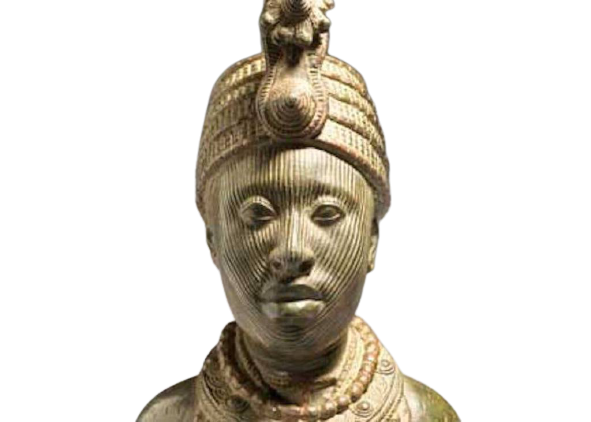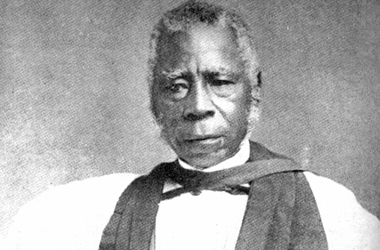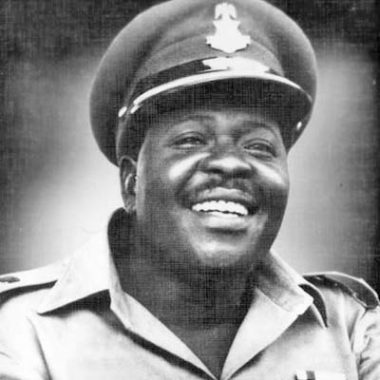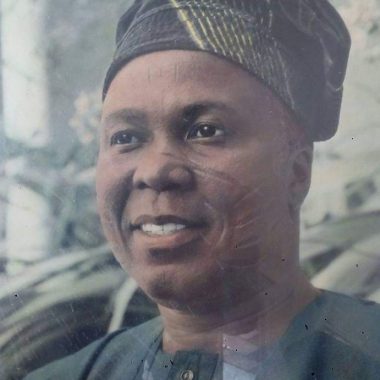OUR HISTORY ODUDUWA
ODUDUWA.
BEFORE OYO
The people who lived in Yorubaland, at least by the seventh century BC, were not initially known as the Yoruba, although they shared a common ethnicity and language group. The historical Yoruba develop in situ, out of earlier (Mesolithic) Volta-Niger populations, by the 1st millennium BC. Archaeologically, the settlement at Ile-Ife can be dated to the 4th century BC, with urban structures appearing in the 12th century (the urban phase of Ile-Ife before the rise of Oyo, ca. 1100-1600, is sometimes described as a “golden age” of Ile-Ife).
OYO EMPIRE
Ife was surpassed by the Oyo Empire as the dominant Yoruba military and political power between 1600 and 1800 AD. The nearby kingdom of Benin was also a powerful force between 1300 and 1850. Most of the city states were controlled by Obas, elected priestly monarchs, and councils made up of Oloyes, recognised leaders of royal, noble, and often even common descent, who joined them in ruling over the kingdoms through a series of guilds and cults. Different states saw differing ratios of power between the kingship and the chiefs’ council. Some, such as Oyo, had powerful, autocratic monarchs with almost total control, while in others such as the Ijebu city-states, the senatorial councils were supreme and the Ọba served as something of a figurehead. In all cases, however, Yoruba monarchs were subject to the continuing approval of their constituents as a matter of policy, and could be easily compelled to abdicate for demonstrating dictatorial tendencies or incompetence. The order to vacate the throne was usually communicated through an aroko or symbolic message, which usually took the form of parrots’ eggs delivered in a covered calabash bowl by the senators.
ÌTÀN WA ODÙDUWÀ
Ṣáájú ÒYÓ
Àwọn ènìyàn tí ó ṇgbé ní ilẹ̀-yorùbá ó kéré jù ní ọ̀rúndún keje ọdún BC, ni a kò mọ̀ ní ìbẹ̀rẹ̀ gẹ́gẹ́ bi Yorùbá, bótilẹ̀jẹ́pé wọ́n pín ẹ̀yà àti ẹgbẹ́ èdè tí ó wọ́pòo. Ìtàn yorùbà náà dàgbàsókè ní ipò, lati ìṣàájú ( Mesolitiki) àwọn olùgbé Volta-Niger, nígbà ẹgbẹ̀rún ọdún kinni BC. Ní ìgbà àtijó, ààyè pínpín ní Ilé-Ifè lè jé sí ọ̀rúdún kẹrin BC, pẹ̀lú àwọn ẹ̀yà ìlú tí ó hàn ní ọ̀rúndún kejìlà (ìpele ìlú ti Ilé-Ifè ṣáájú ìgbéga ti Òyó, ca. 1100-1600, ni a ṣe àpèjúwe nígbàkan bíi “ọjọ́ orí góòlù” ti Ilé-Ifè ).
ÌJỌBA ÒYÓ
Ìjọba Òyó ti kọjá Ifè bíi ológun Yorùbá tí ó jẹ ìjọba jùlọ àti agbára òṣélú ní àárín 1600 àti 1800 AD. Ìjọba Benin tí ó wà nítòsí tún jẹ agbára tí ó lágbára ní àárín 1300 àti 1850. Púpọ̀ nínú àwọn ìpínlẹ̀ ìlú ní ìṣàkóso nípasẹ̀ àwọn Ọba, àwọn àlùfáà ọba tí a yàn, àti àwọn ìgbìmọ̀ tí ó jẹ́ ti Olóyè, àwọn olùdarí tí a mọ̀ ti ọba, ọlọ́lá, àti pàápàá irú-ọmọ tí ó wọ́pọ̀, tí ó darapọ̀ mọ́ wọn ní ṣíṣe ìjọba nípasẹ̀ àwọn ìtọ́sọ́nà ati àwọn ẹgbẹ́ awo. Àwọn ìpínlẹ̀ oríṣiríṣi ríì ìyàtọ̀ àwọn ìpín agbára ní àárín ìjọba ọba àti ìgbìmọ̀ àwọn ìjọ̀yẹ̀. Díẹ̀ nínú wọn, gẹ́gẹ́ bí Òyó, ni àwọn ọba tí ó lágbára, tí se ìjọba ara ẹni pẹ̀lu ìṣàkóso lápapọ̀, àwọn mìíràn bíi àwọn ìpínlè ìlú Ìjèbú, àwọn ìgbìmọ̀ wọn náà ló ga jùlọ àti pé ọba n ṣiṣẹ́ bí ẹnití eeyá kan. Ní gbogbo àwọn ọ̀ràn síbẹ̀síbẹ̀, àwọn ọba Yorùbá wà lábẹ́ ìtẹ́wọ́gbà ìtẹ̀síwájù ti àwọn olùgbé wọn gẹ́gẹ́bí ọ̀rọ ti ètò ìmúlò, àti pé wọ́n lè fi agbara mu lati fi ìtẹ́ sílẹ̀ fún ìṣàfihàn àwọn ìfarahàn ìjọba apanirun tàbí àìtó. Àṣẹ lati fi ìtẹ́ náà sílẹ̀ ni wọ́n má n sọ nípasẹ̀ àrokò tàbi ìfiránṣẹ́ apẹẹrẹ, èyítí ó mú ọ̀nà àwọn ẹyin ayékòótọ ni a fí n jíṣẹ́ nínú igbá tí a bò nípasẹ̀ àwọn alàgbà.





